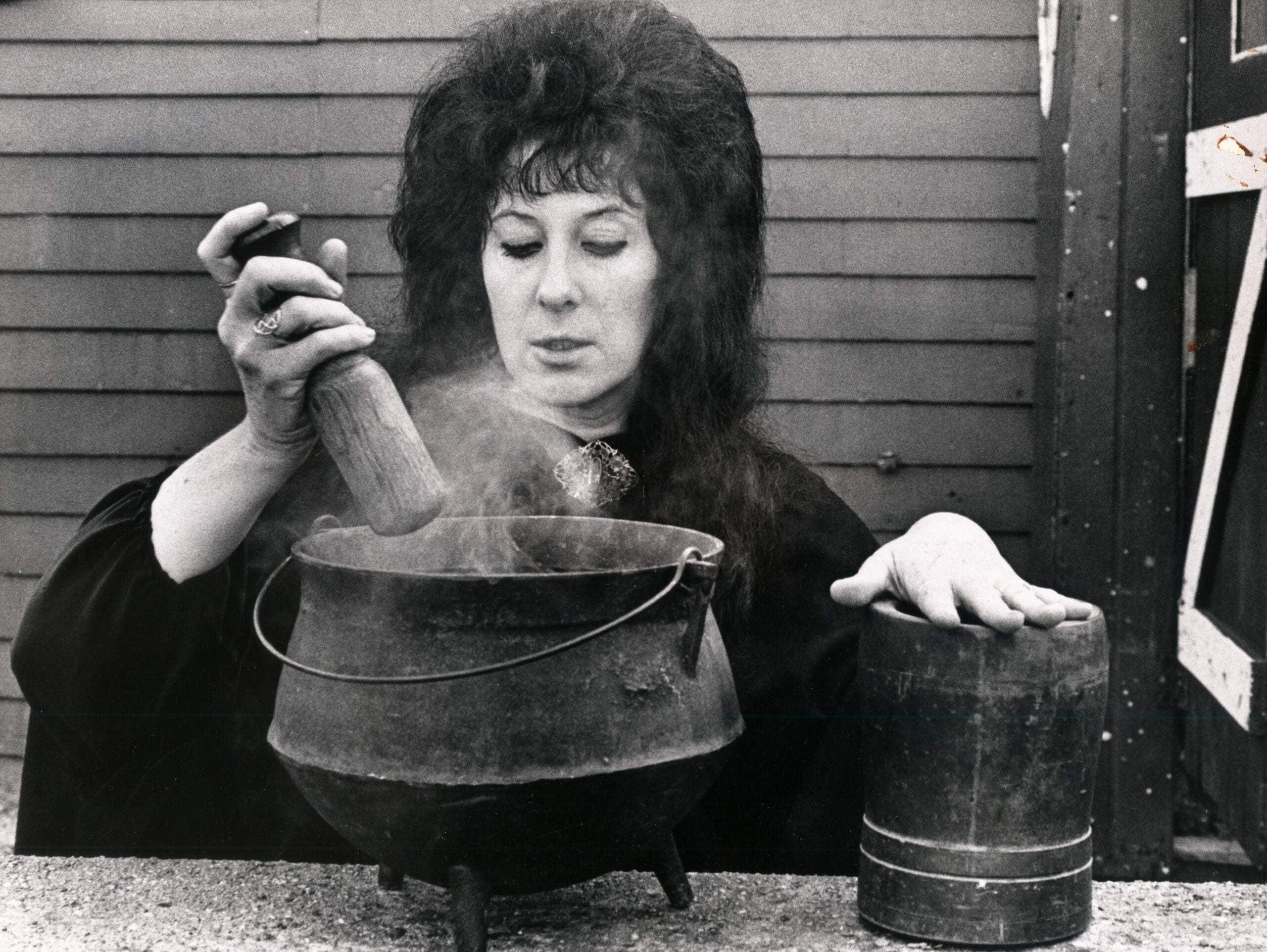
It is nearly impossible to discuss the topic of witchcraft without shedding light on the most infamous series of historic witch trials sparking mass hysteria. Tituba, the first woman to be accused of witchcraft in Salem, is responsible for making her profound mark in the world of witchcraft. While she was put on trial, it was Tituba’s resilience and level-headed demeanor that gained her much attention from her neighborhood and soon…the rest of the world. For some context, The Salem Witch Trials occurred just as Europe’s “witchcraft craze’’ from the 14th to 17th centuries was coming to a slow halt. During the Salem Witch Trials, it is estimated that tens of thousands of European witches, significantly women, were accused and inevitably executed. The witch trials gained their extensive relevancy in the winter of 1692, a time of chilling mayhem in Salem Village. It all began when three girls who were allegedly having bizarre visions and fits of hysteria were diagnosed with bewitchment by a doctor.
According to The History of Massachusetts blog, it is interesting to note that “Many modern theories suggest the girls were suffering from epilepsy, boredom, child abuse, mental illness, or even a disease brought on by eating rye infected with fungus.” At the time, of course, these possible explanations of unnatural behavior were not considered to be legitimate factors. It was much easier to accuse the women of dark arts and voodoo given the paranoia and massive delusions surrounding the trials. There is a factual and historic basis for this creation of mass hysteria in Salem, including the trauma of a British-French war on American soil, the fear of Native American retribution, smallpox that had spread throughout the colonies, and longtime resentment between neighboring towns.

By February of 1692, three women were accused of bewitching two young girls who had begun suffering from fits, uncontrollable screaming, and body contortion: a Caribbean enslaved woman named Tituba, a homeless beggar named Sarah Good, and an elderly woman, Sarah Osborn. The three girls blamed their abnormal behavior on these women who were considered social outcasts at the time and therefore easy targets. Before that time, Tituba had been famous locally as an indigenous healer; it was shocking, therefore, that many people heard her name involved in the suspicions of witchcraft. During the trials, Tituba confessed to being a “witch” under pressure from Reverend Samuel Parris because he wanted someone to blame for his daughter Betty’s illness. Tituba said she had signed the devil’s book, but she had later denied her confession, which has been widely speculated to have been a product of intimidation, after being brutally beaten.



 Born a peasant girl from Tuscany, Italy, Aradia has gained her powerful reputation as the Queen of Witches with a profound connection to nature. There have been many stories passed down through generations by oral traditions, cementing her origin story as a divine goddess. It is due to this revelation of divine power that surged Aradia to pursue witchcraft in its extensive entirety. After some time, she began to gain the attention of others as her powers became widespread as an enchanting topic of conversation. It was Margaret Murray’s discovery of Aradia, though, that changed the course of supernatural black art as we know it today. Aradia rose to levels of new and momentous fame in England with the publishing of Margaret’s “The Witch Cult in Western Europe” in 1921. In this book, Margaret claims that Aradia was an incarnation of Diana, the Roman goddess of wild animals and the hunt. More specifically, Margaret believes that Aradia was the daughter of Diana and Lucifer who had been sent down into the world on the eve of the Christian Era to enlighten others of Diana’s distinction as goddess of the underworld.
Born a peasant girl from Tuscany, Italy, Aradia has gained her powerful reputation as the Queen of Witches with a profound connection to nature. There have been many stories passed down through generations by oral traditions, cementing her origin story as a divine goddess. It is due to this revelation of divine power that surged Aradia to pursue witchcraft in its extensive entirety. After some time, she began to gain the attention of others as her powers became widespread as an enchanting topic of conversation. It was Margaret Murray’s discovery of Aradia, though, that changed the course of supernatural black art as we know it today. Aradia rose to levels of new and momentous fame in England with the publishing of Margaret’s “The Witch Cult in Western Europe” in 1921. In this book, Margaret claims that Aradia was an incarnation of Diana, the Roman goddess of wild animals and the hunt. More specifically, Margaret believes that Aradia was the daughter of Diana and Lucifer who had been sent down into the world on the eve of the Christian Era to enlighten others of Diana’s distinction as goddess of the underworld.